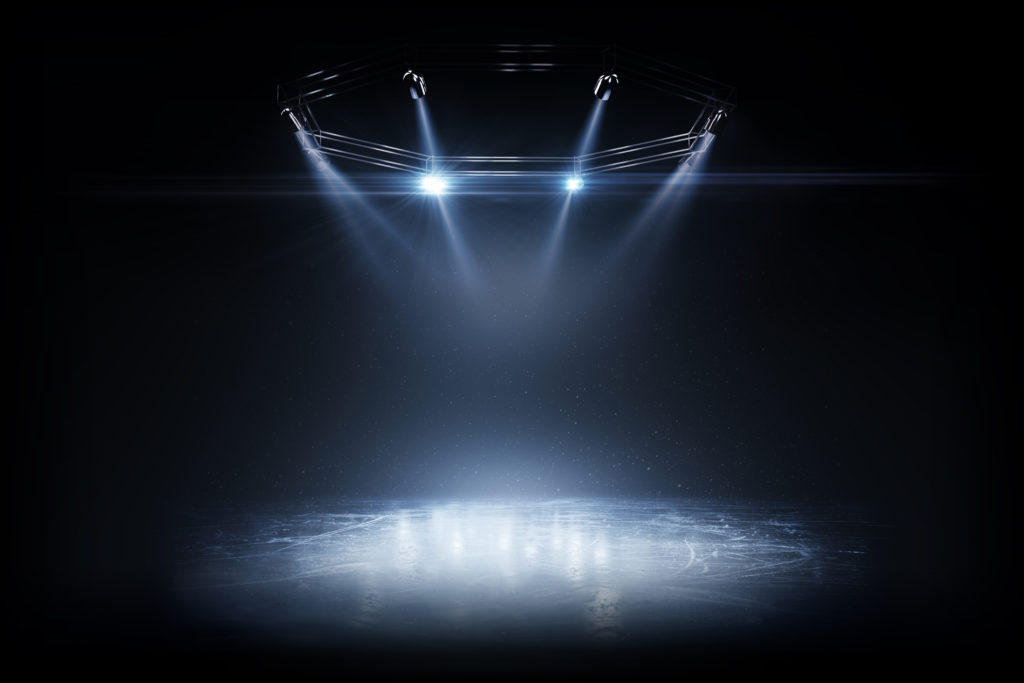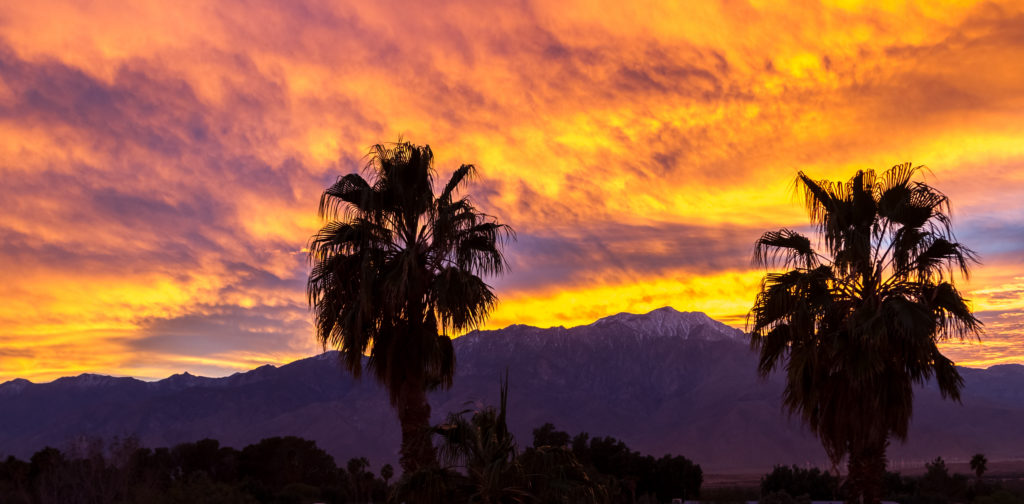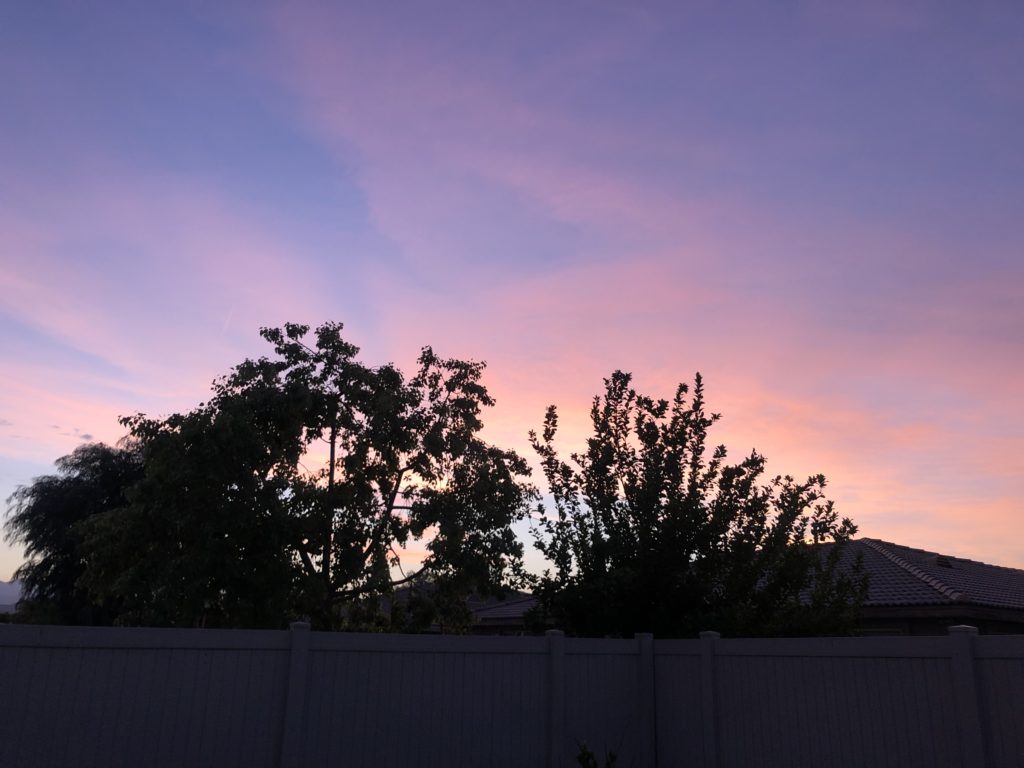
The plan for the new ice skating rink in Coachella Valley – a 250 million dollar sports and entertainment arena to be funded by Los Angeles-based entertainment development investment company, Oak View Group – was shared with our community just last year. The company’s chief executive, Tim Leik, wants the future minor league hockey teams affiliated with NHL’s Seattle Kraken to start their upcoming season in October 2022. But, at what cost? Our desert is already an environmental disaster – so when will we pay attention to public health for our thriving community? That should be our focus.
The Coachella Valley is an arid rift valley in Riverside County, in Southern California. It is already suffering an environmental crisis, impacting many low-income communities that are primarily Latino. The Valley’s rising temperatures are a testament to the impact global warming has had on our planet, hitting a harsh 95°F at 9 am to 125°F midday.

The Salton Sea emits toxic dust containing chemicals like lead, chromium, and pesticides that contribute to the air pollution in the Eastern Coachella Valley. Pesticides and drought have impacted the lake, and winds blow the toxic dust into the air, affecting residents. Statistics in the Coachella Valley Health Survey from 2019, conducted a survey on the Health of the Community as a whole. According to HARC data 1 in 8 children have severe asthma. 10% of adults suffer from severe asthma while 13% of Coachella Valley’s children report having severe asthma. That’s 13,536 kids in the Coachella Valley. Also found in the Health survey 14.5% of children have reported missing five or more days of school due to asthma. We have the most youth affected with severe respiratory illness asthma cases.
The disadvantaged communities of Coachella, Mecca, Desert Hot Springs, and Thermal are hit the hardest by this heat, toxic air pollution, poor infrastructure, and high-risk working conditions for many farmworkers in those communities. Before we build this big arena that could potentially cause more environmental damage to our desert, we must prioritize our environment and the health of our communities.
The arena could have an impact on local transportation. If you’re like me, relying on Sunline Transit for transportation, then you know firsthand that taking the bus is time-consuming and many residents in the eastern part of the Coachella Valley, including Mecca, Coachella, and Thermal, have access to fewer buses. Many spend hours waiting in the heat. Is this arena really for the community if it may increase traffic pollution and there is no actual plan for how our residents can visit it? The Valley attracts tourism for its desert beauty and blazing bright sunsets, however, an increase in traffic from visitors and residents alike will harm an already polluted and contaminated air quality.

The project’s investors believe the arena will do well for our economy and improve tourism. They promise that the arena will bring a variety of new entertainment, from music to hockey and ice skating, to the locals, with an estimated 450 part-time and full-time jobs. But what we need is environmental justice – we need to prioritize our community’s health. How will this arena support our community with jobs and entertainment, if our community is already in an environmental crisis, and if the heat drives tourism away?
This ice castle may be what our Valley needs: an escape from the heat, with music, food, and entertainment, along with jobs for our community as well. But it shouldn’t cause pollution in exchange. Only when the communities’ health and environment are prioritized will we know that this arena is in our best interest.
